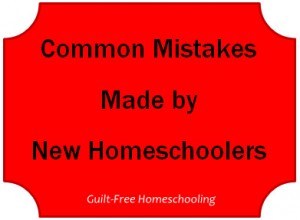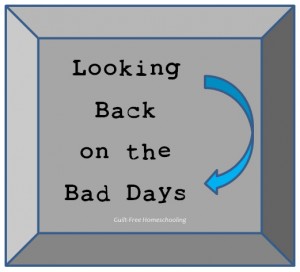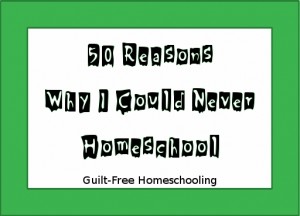Many parents wonder if homeschooling could benefit their family. Many parents wonder if they could actually teach their own children. Many parents are tired of the government education system and wonder if homeschooling could be a viable alternative for them. Summer is coming — why not give homeschooling a “test drive”?
Spend some time this summer trying on homeschooling to see how it fits and see how you could make it fit your family. All it requires is the motivation to spend time together as a family, parent(s) with children, exploring, investigating, and learning — together.
–Explore a current interest to new depths
–Learn a new game and get really good at it
–Try a new hobby and learn all you can about it
–Stay up very late, study the stars, and learn about astronomy
Break all the “school” rules and do things the way you would like to do them in your own version of homeschooling. Experiment without using a public school-style format and just pursue your students’ personal interests to see where they will take you.
–Visit the library — often
–Visit a museum — and study your favorite exhibit for a long time, then go back to the library (or home computer) for further research and exploration
–Visit a zoo — and watch your favorite animals for a long time, then go back to the library (or home computer) for further research and exploration
If you think you might like to continue homeschooling, be aware that everyone’s first year of homeschooling is tough, because homeschooling presents an entirely new routine. The hardest way to homeschool is in a way that does not fit your family. Exploring your own interests in the ways you enjoy most will give you a headstart on finding a homeschool method that fits you well.
–Read biographies of intriguing people
–Build projects of your choice, whether model cars or restoring a ’57 Chevy, birdhouses or a family room addition (just do it together, as a family learning experience)
–Visit interesting places, whether nearby day-trips or an extended vacation
–Watch historical or biographical movies or video versions of literary classics
–Play games: board games, card games, dice games, group games, lawn games
Homeschooling is simply learning based from home, with family. It does not have to involve textbooks, memorization, dull facts, or tests. It does not have to occur only between the hours of 8am and 3pm, Monday through Friday. It can be non-stop, fascinating, and positively delightful. Give home-based learning a summer “test drive.” You may be pleasantly surprised!






 Guilt-Free Homeschooling is the creation of Carolyn Morrison and her daughter, Jennifer Leonhard. After serious disappointments with public school, Carolyn spent the next 11 years homeschooling her two children, from elementary to high school graduation and college admission. Refusing to force new homeschooling families to re-invent the wheel, Carolyn and Jennifer now share their encouragement, support, tips, and tricks, filling their blog with "all the answers we were looking for as a new-to-homeschooling family" and making this website a valuable resource for parents, not just a daily journal. Guilt-Free Homeschooling -- Equipping Parents for Homeschooling Success!
Guilt-Free Homeschooling is the creation of Carolyn Morrison and her daughter, Jennifer Leonhard. After serious disappointments with public school, Carolyn spent the next 11 years homeschooling her two children, from elementary to high school graduation and college admission. Refusing to force new homeschooling families to re-invent the wheel, Carolyn and Jennifer now share their encouragement, support, tips, and tricks, filling their blog with "all the answers we were looking for as a new-to-homeschooling family" and making this website a valuable resource for parents, not just a daily journal. Guilt-Free Homeschooling -- Equipping Parents for Homeschooling Success!

Recent Comments